If you’ve ever had to connect two wires together without using a soldering iron, then you know that it can be a tricky task. Luckily, there are a few simple ways you can take to make the connection without any extra hardware.
Heat Shrink Connector
When you need to connect two wires, a heat shrink butt connector is a great way to do it. This type of connector is available in different sizes, so you can choose the one that fits your wires. You’ll also need a heat gun or lighter to shrink the connector.
To use a heat shrink butt connector, first strip the insulation from the end of each wire. Then, twist the strands of wire together and insert them into the connector. Make sure that the wire strands are fully inserted into the connector.
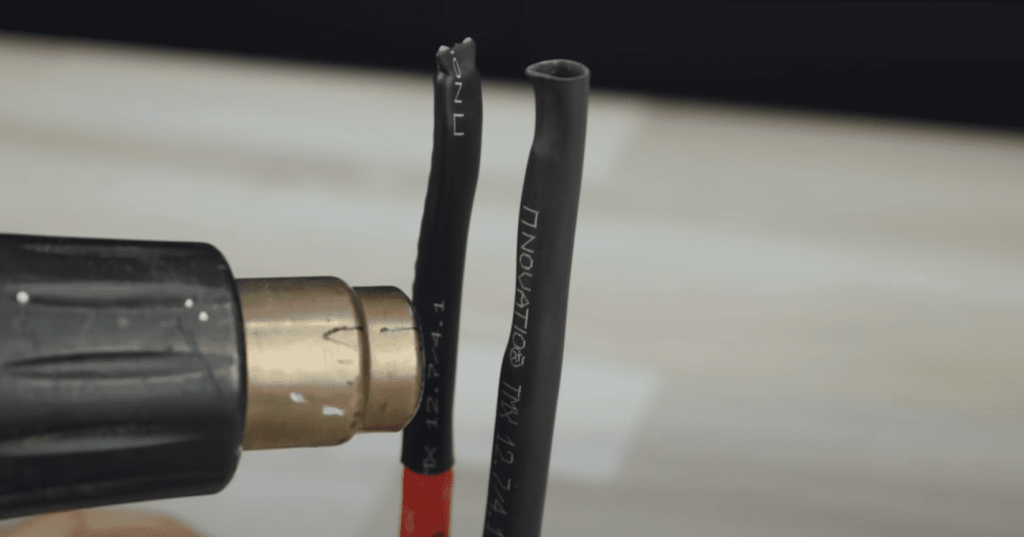
Next, use your heat gun or lighter to shrink the connector. Hold the gun or lighter about an inch from the connector and move it back and forth until it shrinks completely. The connector will become very stiff when it’s fully shrunk.
Now, you can screw on a terminal or use another type of connector to finish connecting your wires.
Twist and Tape
When two wires need to be connected, it’s often a challenge to find the right way to do it. One option is to twist the ends of the wires together and then use electrical tape to secure them. This is a quick and easy way to make the connection, and it will hold up well under normal use. If you need to disconnect the wires later, you can simply untwist them and pull them apart.
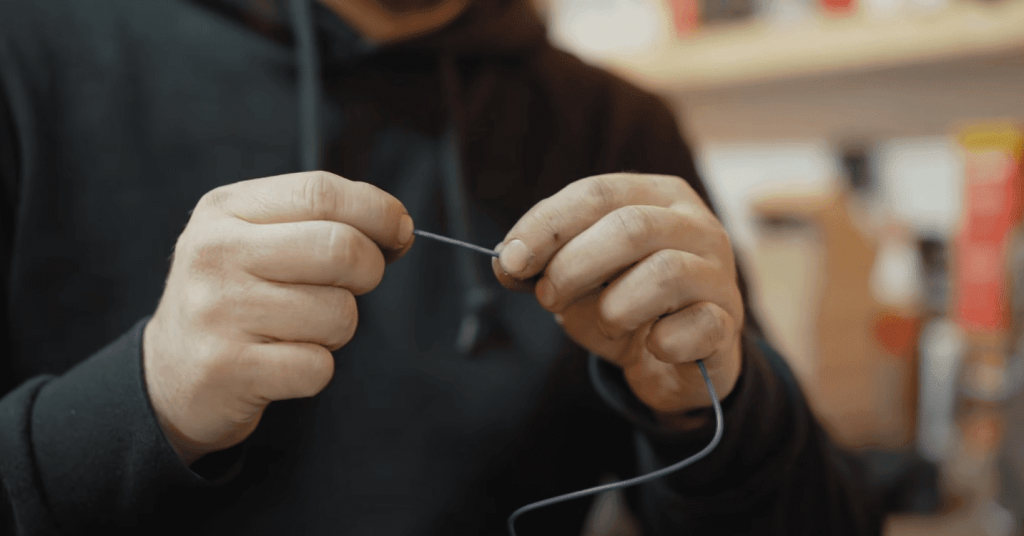
Crimp Connector
Wire connectors are used to join two or more wires together. They come in a variety of shapes and sizes, but the most common type is the crimp connector. This type of connector is made up of a metal sleeve and a metal crimp ring. The sleeve is slipped over the end of each wire, and the crimp ring is then squeezed shut with pliers, permanently attaching the connector to the wires.
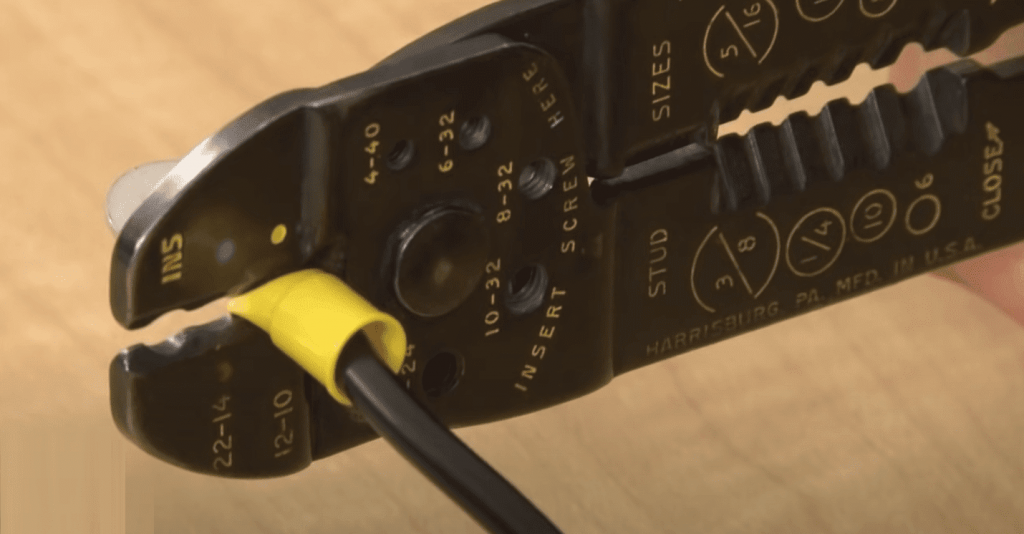
Crimp connectors are very reliable and can withstand high levels of electrical current. They are also easy to use; all you need is a pair of pliers. And because they’re so inexpensive, they’re a great option for connecting low-voltage wiring, such as in a home entertainment system or computer network.
Terminal Blocks
Terminal blocks are small, plastic blocks with metal terminals that can be used to connect two or more wires. They are often used to create a temporary electrical connection, and they can be very helpful when you need to connect two wires that are not close together.
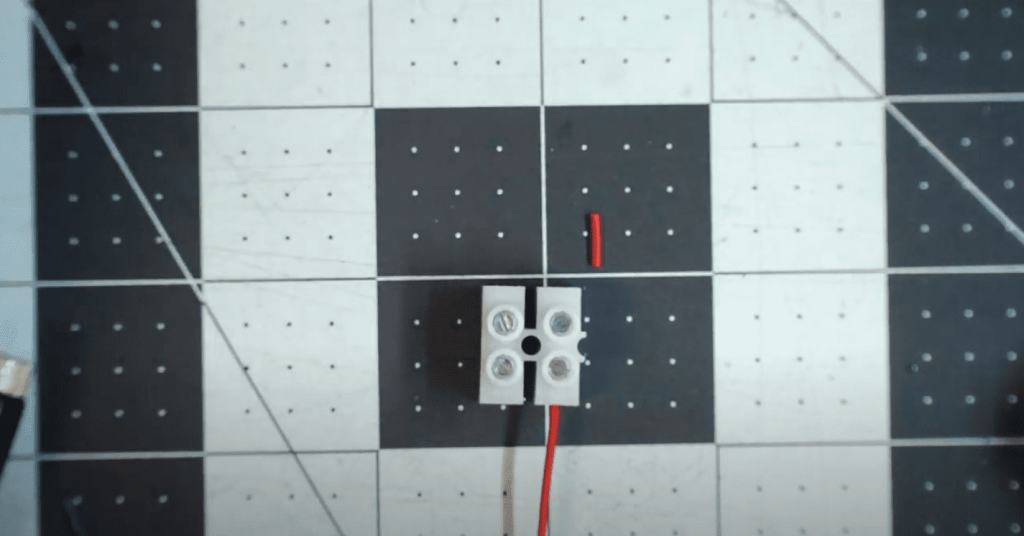
To use a terminal block, first cut the wires to the correct length and strip the insulation off of the ends. Then insert the wires into the corresponding terminals on the block. Finally, use a screwdriver to tighten the screws on the terminals to hold the wires in place.
Wire Nuts
Wire nuts are a great way to connect two wires without soldering. Simply twist the wire nuts onto the two wires, and then twist on the cover. The wire nuts will create a connection between the two wires, and will hold them together.
FAQ
What can I use instead of solder wire?
There are a few things you can use in place of solder wire. One option is to use a soldering iron with a chisel tip to create a strong joint. You can also try using a hot glue gun to attach your pieces together. If you’re working with metal, you can try using a metal adhesive or epoxy to create a bond.
What is the best way to connect two wires together?
There are a few ways to connect two wires together. One way is to use a wire connector. You can also use a soldering iron to solder the wires together. Another way is to use a twist-on connector.
Can I use glue instead of solder?
No, you cannot use glue instead of solder. Glue is not a reliable or strong enough adhesive to hold two pieces of metal together. Solder is specifically designed to create a strong bond between metals, making it the better choice for this application.
Can you use a paperclip as solder?
Yes, you can use a paperclip as solder. However, it is not the best option because the metal is not very durable and it can easily break.
Is it safe to hot glue wires?
Yes, it is safe to hot glue wires as long as you are using an appropriate glue and following the manufacturer’s instructions. Make sure the wires are clean and dry before gluing, and avoid getting glue on the insulation.
Can I use aluminum foil to solder?
No, aluminum foil cannot be used to solder. The aluminum foil will cause the solder to not stick to the metal and the joint will not be strong.
Can electrical tape catch fire?
Yes, electrical tape can catch fire. If it is exposed to a flame or heat source, the adhesive on the tape can start to burn, which can cause the tape to catch fire.
Is duct tape OK for electrical wires?
Duct tape is not OK for electrical wires. It is not a good insulator and can actually create a fire hazard.
Is hot glue stick conductive?
No, hot glue sticks are not conductive. They are made of thermoplastic resin and filled with a metal alloy that conducts heat, but not electricity. This makes them ideal for bonding materials that need to be heated, such as fabric, paper, and plastic.
Can I use copper wire for soldering?
Yes, you can use copper wire for soldering. In fact, it’s a common practice to use copper wire for soldering because it’s a good conductor of heat.
Is JB Weld conductive to electricity?
JB Weld is a two-part epoxy that is nonconductive to electricity. It can be used to repair electrical equipment and wiring.
Is silicone electrically conductive?
Yes, silicone is electrically conductive. However, the degree of electrical conductivity varies depending on the type of silicone. Some silicones are highly electrically conductive, while others are only marginally electrically conductive.
Final Words
In conclusion, there are many ways to connect two wires without soldering. Some are more permanent than others, but all will do the trick in a pinch. If you need to connect two wires and don’t have a soldering iron handy, give one of these methods a try!
Check more helpful soldering guides:

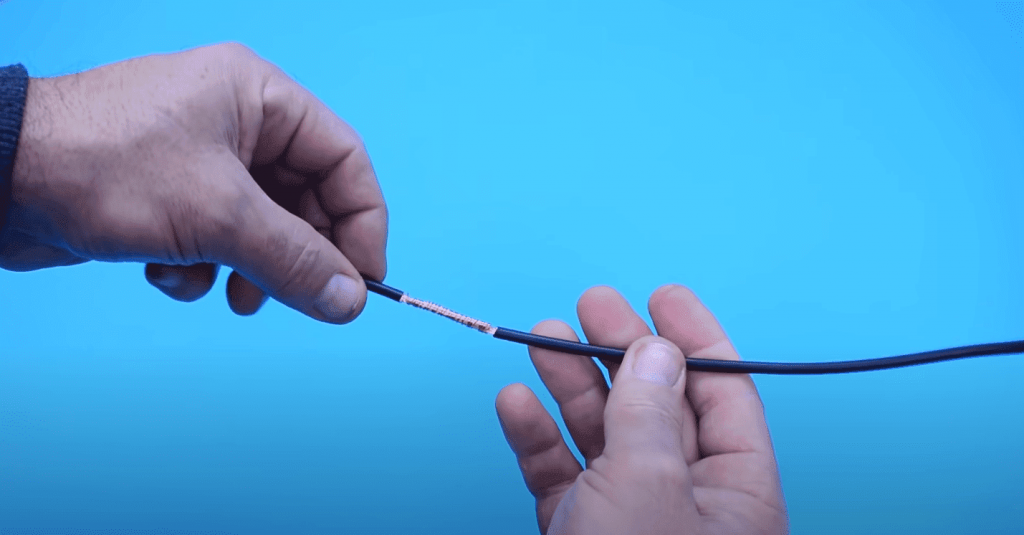






I never thought I would be soldering cables together. But there I was, with a soldering iron in hand and a pile of cables at my feet. It was surprisingly easy, once I got the hang of it. And it was strangely satisfying to see the cables come together, forming a neat and tidy connection.
I started by stripping the insulation off the end of the cable. Then I tinned the end of the wire, which means applying a layer of solder to make it easier to work with. Next, I placed the two wires side-by-side and applied heat to both with the soldering iron. As they heated up, the solder melted and bonded the two wires together.
It was a simple process, but it yielded impressive results.